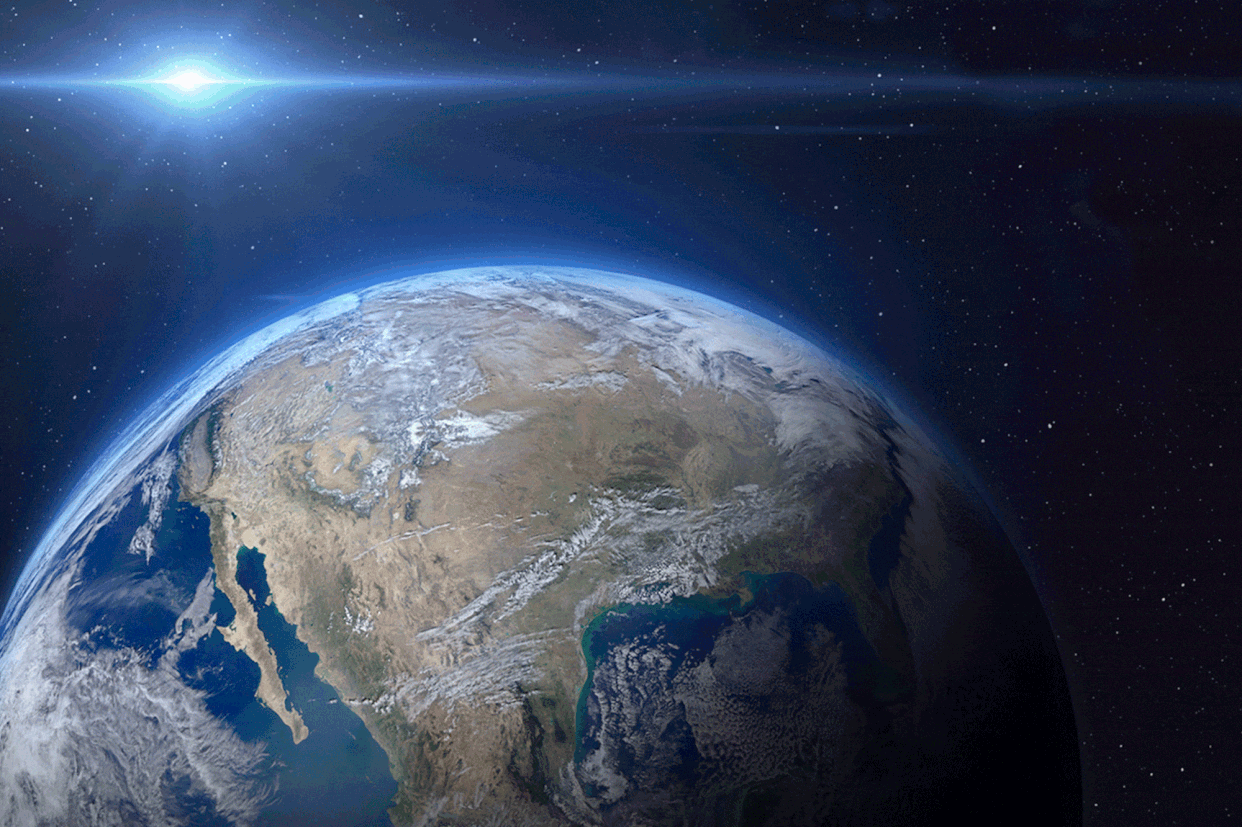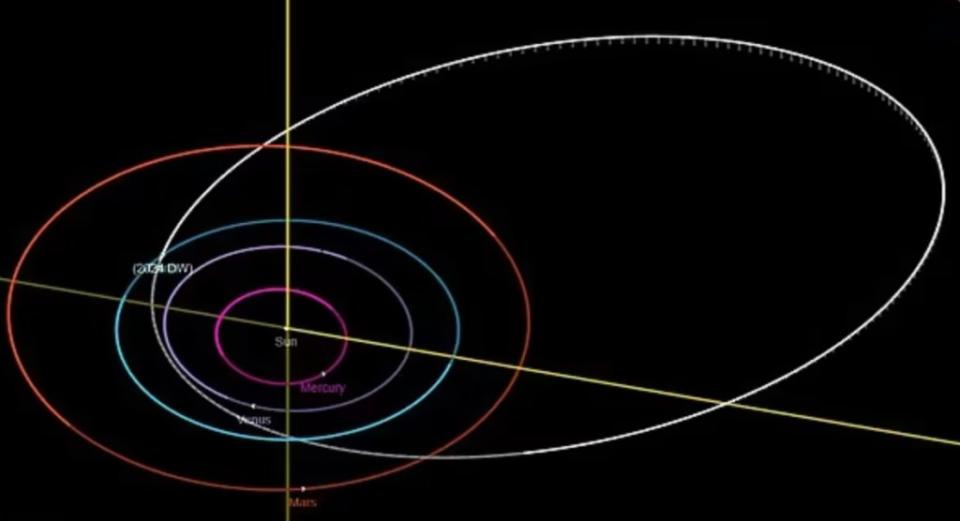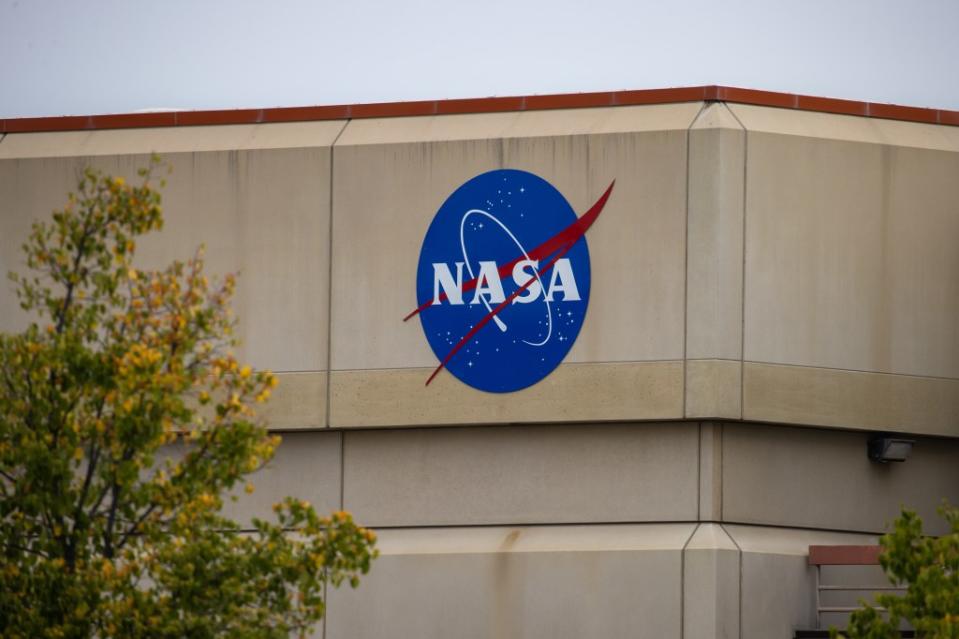An asteroid the size of a bus zoomed past Earth — just how close did the scary visitor get?

That asteroid in the sky appeared closer than it seemed.
An asteroid nearly the size of a double-decker bus — or “six adult Indian peacocks,” according to the Jerusalem Post — passed by Earth late Wednesday night, at 11:37 p.m. Eastern time.
The giant rock, called 2024 DW, was anticipated to come as close as 140,000 miles away from our Earth — which, buckle up, is closer than the moon.
The planetoid was estimated to be around 42 feet in diameter and traveling at a speed of more than 40,000 miles per hour.

Although the asteroid was closer to Earth than the moon, it wouldn’t impact our planet.
Dr. Minjae Kim, a space expert at the University of Warwick’s astronomy department, said that the asteroid had no “real danger,” like most planetoids that come near our third planet from the sun.
“While the likelihood of a direct hit on land is reduced due to Earth’s vast oceans, the potential impact of an asteroid remains a serious concern,” he added.
Asteroids can be considered “potentially hazardous” if the Minimum Orbit Intersection Distance (MOID) of Earth is 0.05 au or less and the absolute magnitude (H) is 22.0 or brighter, explained NASA.
“Of course, if a significant asteroid threat were imminent, the public would be well-informed by Planetary Defense at NASA,’ said Kim.
According to Futurism, it would take an asteroid 60 miles (96 kilometers) wide to wipe out life on Earth.
The 2024 DW was discovered by astronomers working on the Mount Lemmon Survey, a project based in Tucson, Arizona.

Due to its close range to Earth, the asteroid is categorized as a near-Earth object (NEO) and is being tracked by NASA.
NEOs are classified as comets and asteroids that have been nudged by the gravitational attraction of nearby planets into orbits that allow them to enter the Earth’s neighborhood, according to the National Aeronautics and Space Administration.
The space agency listed 2024 DW as one of the closest approaches to the Earth by (NEOs).
NASA made that determination through its online tracker, which records objects in close range of the planet.

